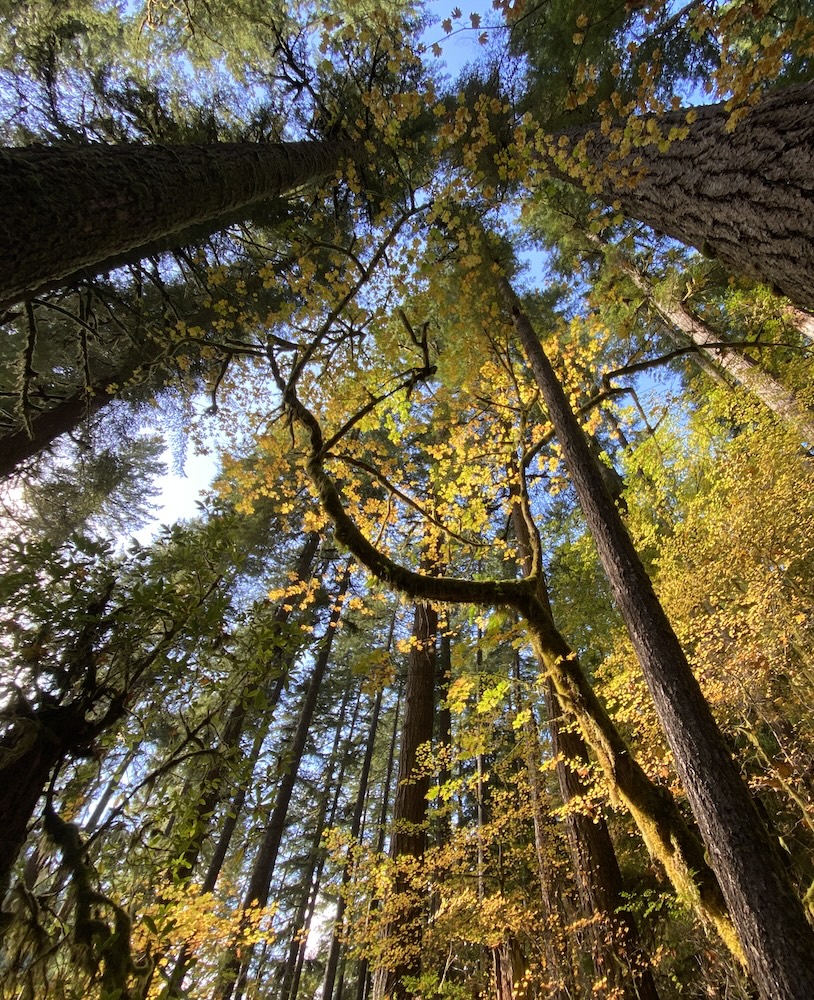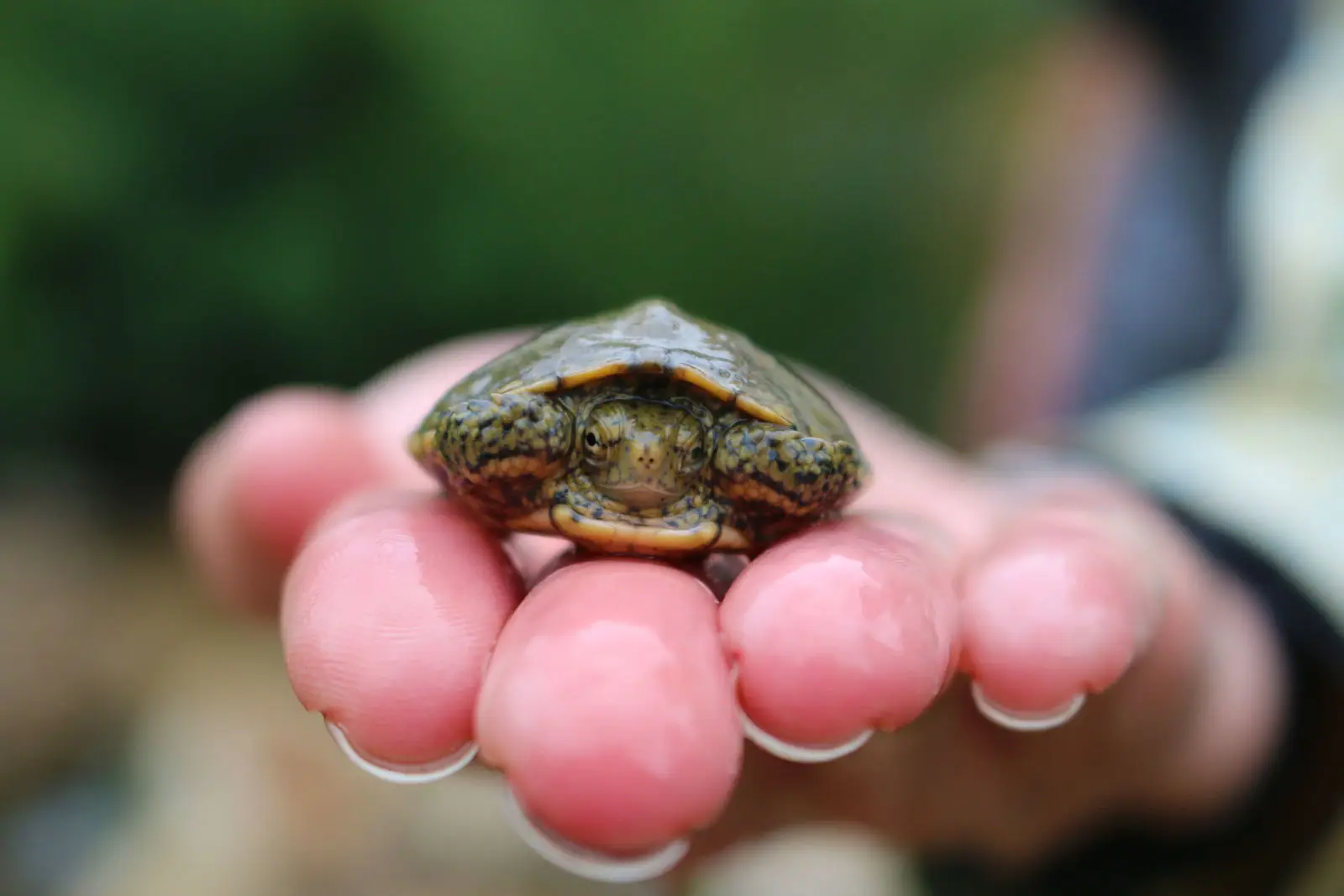| Scientific Name Actinemys marmorata Size Up to 10” long Habitat Streams, large rivers and other slow-moving bodies of water Status Federal listing status “under review”; Listed as “Sensitive-Critical” on Oregon’s Sensitive Species List; “Endangered” in Washington; “species of special concern” in California |
About
The western pond turtle is a freshwater turtle species whose range extends from the Puget Sound region of Washington State south to Baja California. Ponds, streams, lakes and wetlands provide this turtle with aquatic nesting and foraging habitat. The slow moving nature of these bodies of water makes for ample basking perches and sheltered areas for hatchlings, and allows for the growth of the aquatic plants that the turtles eat. Though they spend much of their time in the water, western pond turtles’ nests are on land and dispersal from one body of water to another takes place terrestrially. Western pond turtles are also known to spend cold winters, as well as the hotter summer months, on land. In areas with extended hot and dry seasons, pond turtles can spend up to 200 days on land away from water. These ancient reptiles can live to be as old as 70 years old, and often don’t reproduce until they are older than ten years.
Why does it need our help?
Currently listed as endangered in Washington State, the western pond turtle is present in only slightly larger numbers in Oregon. The Oregon Department of Fish and Wildlife considers it a “sensitive-critical species,” meaning that it is a “wildlife species, subspecies, or [population] which [is] facing one or more threats to [its] populations and/or habitats.” These threats include invasive species such as bullfrogs, large-mouth bass and opossums that prey on baby turtles, and destruction of habitat from wetland draining, reduced flooding and expansion of agriculture. Human activities have broken up turtle habitat into small patches, and as a result these turtles live in isolated populations that fall victim to inbreeding and reduced genetic diversity. Newly hatched western pond turtles are very small, so they are especially vulnerable to predators for the first 2-3 years of their lives, especially if crucial protective habitat in shallow water and on the shore is reduced. Healthy rivers and watersheds are instrumental in protecting western pond turtles’ habitat, as are roadless areas to ensure uninterrupted swaths of land that these slow-moving reptiles can disperse across.
Check out this August 2011 update on the species’ recovery in the Columbia River.
Did you know?
- If these turtles run out of basking spots on a log or rock, they will often stack on top of each other to stay warm.
- Turtles are the oldest living reptiles, with the earliest known turtle dating back 215 million years.
- The western pond turtle is one of only two native turtle species in Oregon. The other is the painted turtle.
- Baby western pond turtles are only the size of a quarter.
- Turtles cannot swallow air, so all their food must be swallowed in the water.



